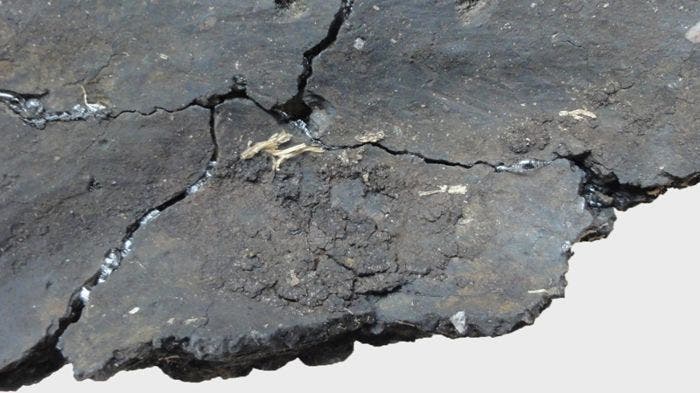Researchers analyzed proteins on ancient ceramic pots at an archaeological site in Germany and found traces of cooked fish roe, indicating that these ancient people had quite the fancy feast.

It seems that the early gourmands were camped by a now-vanished lake in Brandenburg, northeast Germany. Along with her colleagues, Anna Shevchenko of the Max Planck Institute of Molecular Cell Biology and Genetics in Dresden, was carrying out an archaeological dig and analysis at the site. At one point, they examined pieces of a sturdy clay cooking vessel dated to about 4000 BC, to a period called the mesolithic .
Analyzing this type of find is important because it offers an insight into how these communities evolved and how they used the available resources to support themselves.
“The role of aquatic resources in ancient economies and paleodiet is important for understanding the evolution of prehistorical societies. Charred food remains from ancient pottery are valuable molecular evidence of dietary habits in antiquity.”
However, analyzing the charred pottery fragments is not an easy task. It falls under the rising field of proteomics — the large-scale study of protein sets. Proteins are vital parts of living organisms, studying them allows researchers to zoom on in particular species or age-specific proteins, which offers a much higher level of detail than typical analyses carried out in archaeology. In a way, proteomics is to proteins what genomics is to the genome.
[panel style=”panel-info” title=”Proteomics” footer=””]Another advantage of proteomics is that it allows scientists to separate ancient proteins from any contemporary contaminants (such as food particles transported unwittingly by archaeologists or even cosmetic products. It also reveals some changes to protein’s biological properties triggered by various cooking methods, which offers a complex portrait of what and how these ancient people ate.
“These data paint a broader picture of the site-specific exploitation of aquatic resources and contribute to better understanding of the dietary context of Neolithic transition in European inland,” the study reads
[/panel]
So through proteomics, Shevchenko found that proteins on the clay match those of the common carp (Cyprinus carpio) — and furthermore, some of the proteins belong to carp eggs, while others belong to the meat. This suggests that the people ate both fish meat and fish eggs — but that’s not all. Using a similar approach, the researchers also found traces of bone-in pork, suggesting that the Mesolithic people had access to a wide range of foods. Co-author Günter Wetzel notes:
“The fact that the investigations with the new method could be carried out so successfully on the example of over 6,000 years old ceramics from the place of discovery at Friesack should be a milestone in the approach to the habits of our hunter-gatherer ancestors.”
The study “Fine Endmesolithic fish caviar meal discovered by proteomics in foodcrusts from archaeological site Friesack 4 (Brandenburg, Germany)” has been published in PLoS ONE.


